Key Takeaways
- Ticks are blood-sucking arachnids that spread diseases.
- They have 8 legs and vary in color by life stage.
- Use repellent and inspect after outdoor exposure.
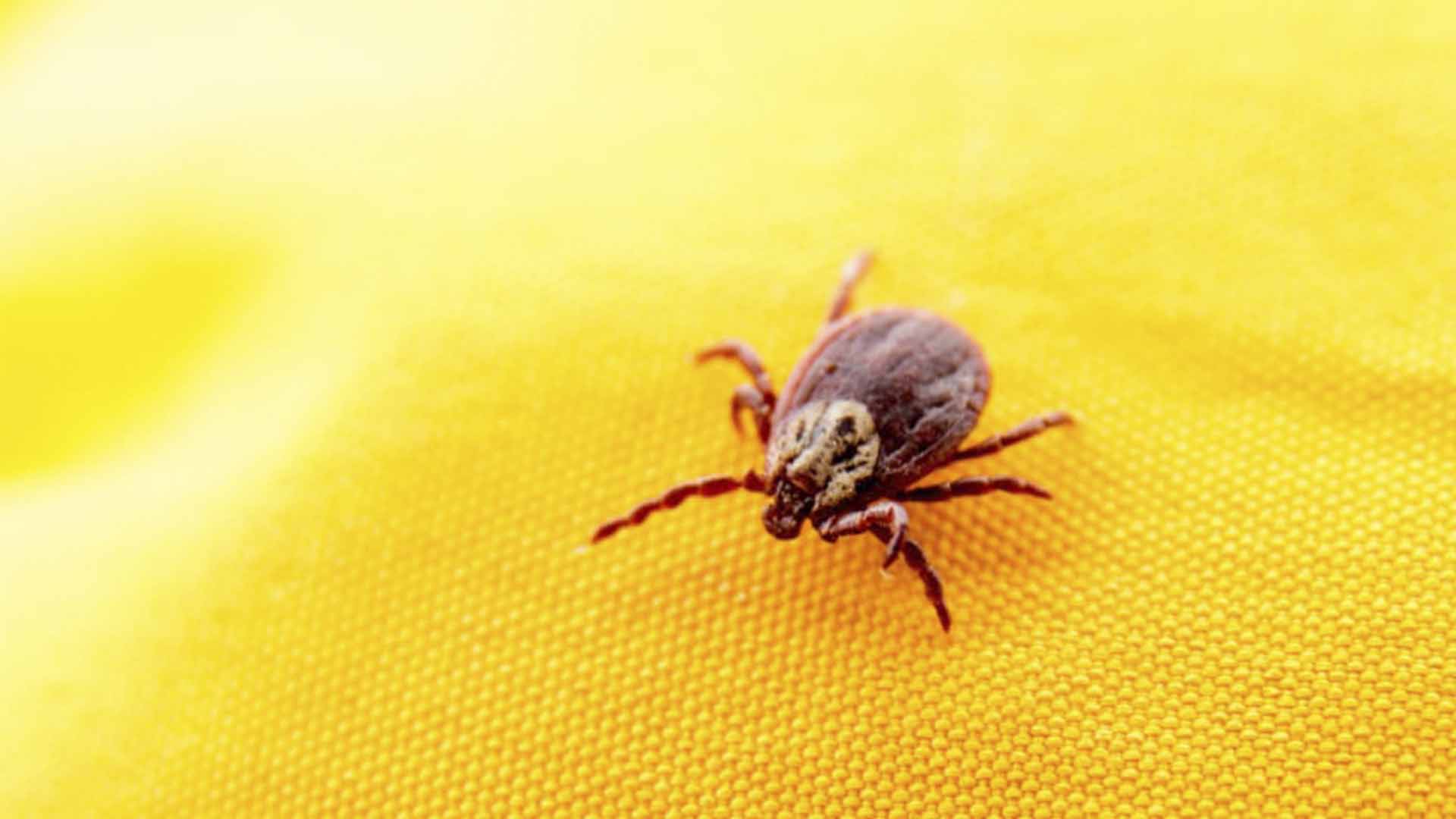 Ticks are small, blood-sucking pests that can be found in forests, parks, and even your backyard. While ticks may seem harmless, they are capable of transmitting dangerous diseases like Lyme disease and Rocky Mountain spotted fever. Recognizing what ticks look like is the first step in protecting yourself and your pets from these parasites.
In this blog, we will look at what ticks look like, their physical features, and how to spot them on humans and pets.
Ticks are small, blood-sucking pests that can be found in forests, parks, and even your backyard. While ticks may seem harmless, they are capable of transmitting dangerous diseases like Lyme disease and Rocky Mountain spotted fever. Recognizing what ticks look like is the first step in protecting yourself and your pets from these parasites.
In this blog, we will look at what ticks look like, their physical features, and how to spot them on humans and pets.
What Do Ticks Look Like?
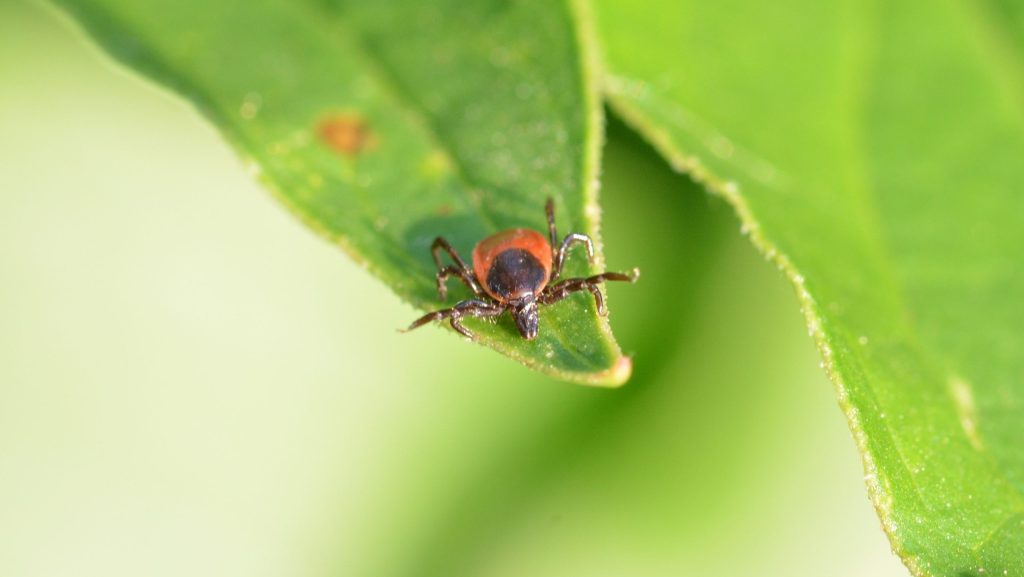

Not getting a solution?
Get your free pest control estimate today!Key Features of Ticks
-
Shape: Flat, oval body when unfed; swells and becomes round after feeding.
-
Size: 1-3 mm unfed; grows up to 10 mm when engorged with blood.
-
Color: Varies from brown, black, and reddish-brown to gray or blue when engorged.
-
Legs: 8 short, strong legs that help ticks grip tightly to hosts.
-
Mouthparts: Sharp mouthparts used to pierce skin and feed on blood.
-
No Wings or Antennae: Unlike fleas or bedbugs, ticks have no wings or antennae.
Visit our Species, Control, and DIY Guide sections for additional resources on ticks and ways to tackle a tick infestation.
Which Types of Ticks are Most Common?
Several types of ticks are commonly found in the environment. Here are the most well-known species, their appearance, and where you’re likely to encounter them: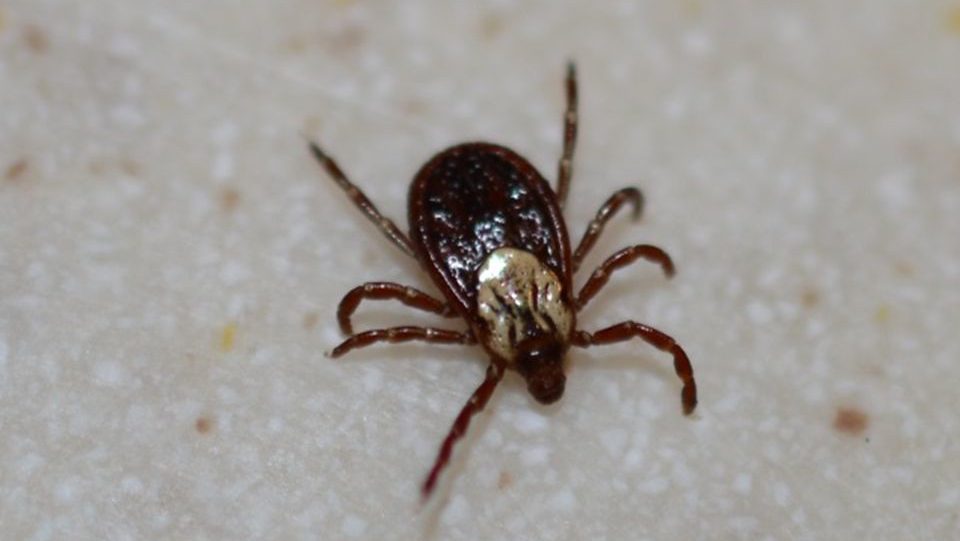
American Dog Tick (Dermacentor variabilis)
Flat, oval body (3-5 mm unfed); grows up to 10 mm when engorged. Brown with white markings. Found in grassy fields and wooded trails.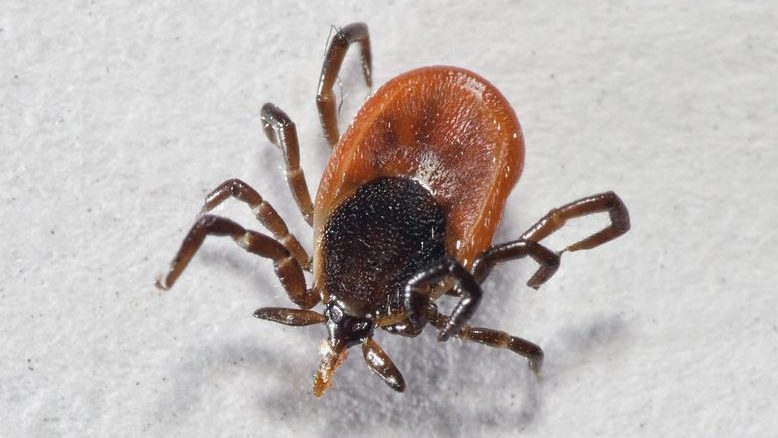
Deer Tick (Ixodes scapularis)
Small, oval body (1-3 mm unfed); grows to 5 mm when engorged. Reddish-brown with a black shield. Found in wooded areas and grassy locations.
Lone Star Tick (Amblyomma americanum)
Oval body (3-5 mm unfed), grows larger when engorged. Reddish-brown with a white spot on its back. Found in Southeastern U.S.Identifying Ticks on Humans
Ticks on humans can be difficult to spot due to their small size, but they often appear as tiny, dark spots or bumps on the skin. When they feed and become engorged, they swell in size, resembling a small bean or raisin. Ticks typically attach to areas where the skin is thin, moist, or covered with hair, making it easier for them to feed undisturbed. Common attachment sites on humans include behind the ears, on the scalp, around the neck, under the arms, at the waistline, in the groin area, and behind the knees. These areas provide ticks with a warm, concealed environment, allowing them to feed for extended periods without being noticed.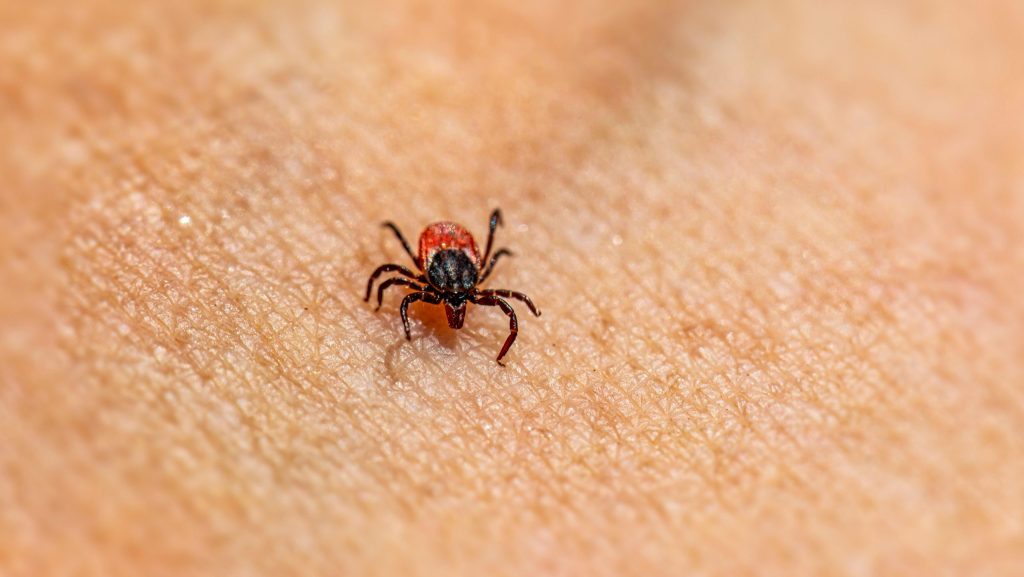
Signs of Tick Bites
Tick bites are generally painless and can go unnoticed, but recognizing the signs is crucial for early detection of potential infections. Here are the most common signs to watch for after a tick bite.Common Reactions to Tick Bites
-
Red Bump: A small, red bumpy spot caused by the body’s mild reaction to the tick’s saliva. It usually fades within a few days unless an infection develops.
-
Itching or Irritation: Localized itching or mild irritation around the bite site due to the skin’s reaction to the tick’s saliva. Itching is generally mild and temporary.
-
Bullseye Rash: A red ring around the bite site with a clear center, a hallmark sign of Lyme disease. Seek medical attention promptly if this rash appears.
-
Swelling: Localized swelling or inflammation around the bite site, especially if the tick stays attached for long. The skin may feel warm and puffy.
-
Fever or Chills: Flu-like symptoms such as fever, chills, or muscle aches after a tick bite could indicate a tick-borne illness. Consult a healthcare provider immediately.
How to Safely Remove a Tick from Your Skin?
If you discover a tick on your body, it’s important to remove it as early as possible to reduce the risk of infection or disease transmission.Step-by-Step Guide to Safely Remove a Tick
Follow these steps to safely and effectively remove a tick and minimize the risk of infection.INSTRUCTIONS
Step 1: Use Tweezers
- Use a pair of fine-tipped tweezers. Position them as close to the skin’s surface as possible and firmly grasp the tick at the base of its head or mouthparts.
Step 2: Pull Slowly and Steadily
- With steady, even pressure, pull the tick upward without twisting or jerking. Avoid breaking the tick’s mouthparts; if this happens, use tweezers to remove the remaining parts.
Step 3: Clean the Area
- Thoroughly clean the bite area and your hands with soap and water or rubbing alcohol to prevent infection.
Step 4: Dispose of the Tick
- Place the tick in a sealed plastic bag, container, or wrapped tape before disposal. Avoid crushing it with your fingers. Save the tick for identification if disease transmission is a concern.
SAFETY TIPS
-
Wear Gloves: Wear gloves during removal to avoid direct contact with the tick and potential pathogens.
-
Monitor for Symptoms: Watch for symptoms like fever, rash, or fatigue after removal and consult a doctor if they occur.
Note
Proper removal reduces the chance of tick-borne diseases.How to Prevent a Tick Infestation?
Protecting a tick infestation is essential to avoid tick-borne illnesses.Prevention Tips for Tick Safety
-
Put on long sleeves, pants, and socks to cover exposed skin in wooded or grassy areas.
-
Apply tick repellent with DEET, picaridin, or permethrin on skin and clothing.
-
Check your body for ticks after staying outdoors, especially behind ears, scalp, and skin folds.
-
Shower soon after being outdoors to wash away unattached ticks.
-
Inspect pets for ticks after walks, focusing on ears, neck, and paws.
-
Use collars, spot-on treatments, or oral medications for pets.
-
Maintain your yard by trimming grass, clearing brush, and removing leaf piles where ticks may live.
Myths and Facts About Ticks
Ticks are often misunderstood, leading to misconceptions about their behavior and risks. Here are some common myths debunked with the facts:| Myth | Fact |
|---|---|
| Ticks jump or fly onto their hosts. | Ticks cannot jump or fly; they wait on vegetation and latch onto hosts that brush against them. |
| All ticks carry diseases. | All ticks do not carry diseases, but it’s important to be cautious and remove them quickly. |
| You can feel when a tick bites. | Tick bites are often painless, and you may not notice the bite until the tick is fully engorged. |
| Ticks only live in wooded areas. | Ticks can also be found in grassy and urban areas, not just forests. |
| Ticks die after they bite. | Ticks can bite multiple times and continue to feed for several days if not removed. |
Visit our Species, Control, and DIY Guide sections for additional resources on ticks and ways to tackle a ticks infestation.





